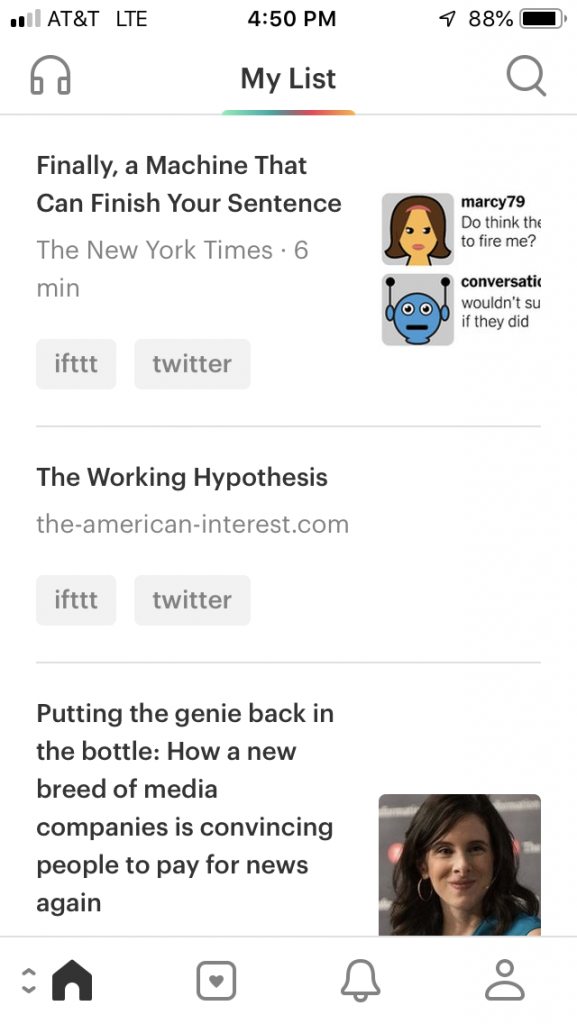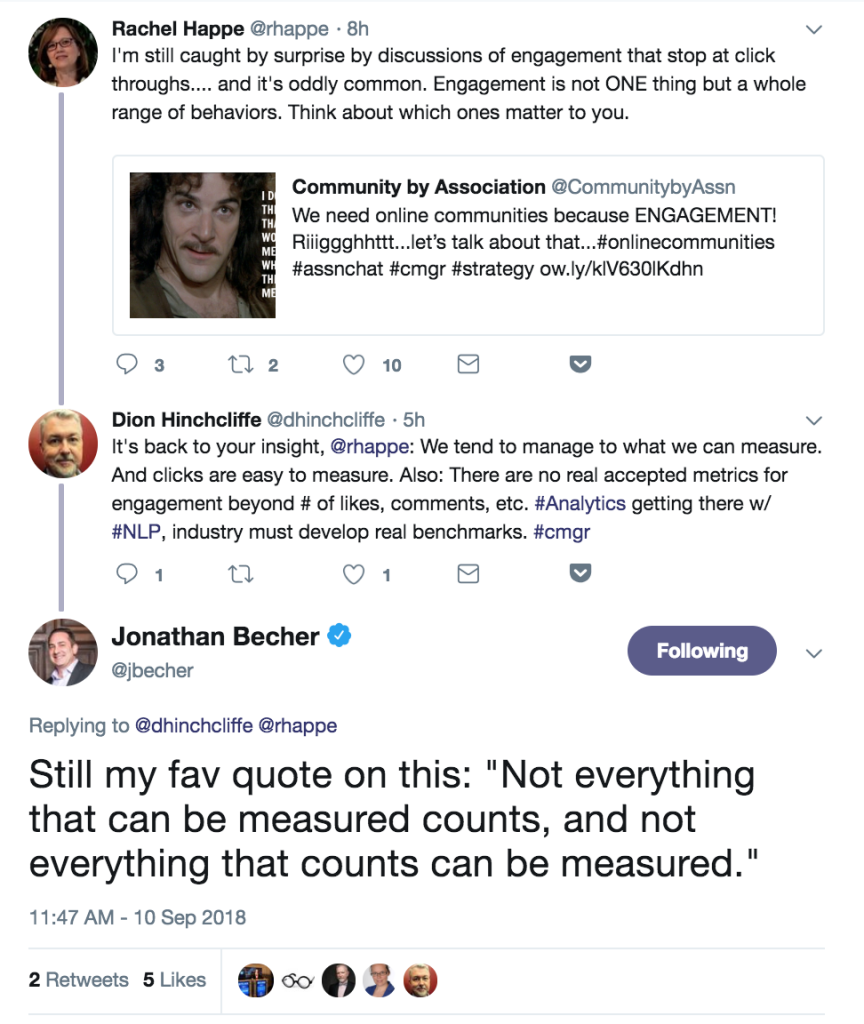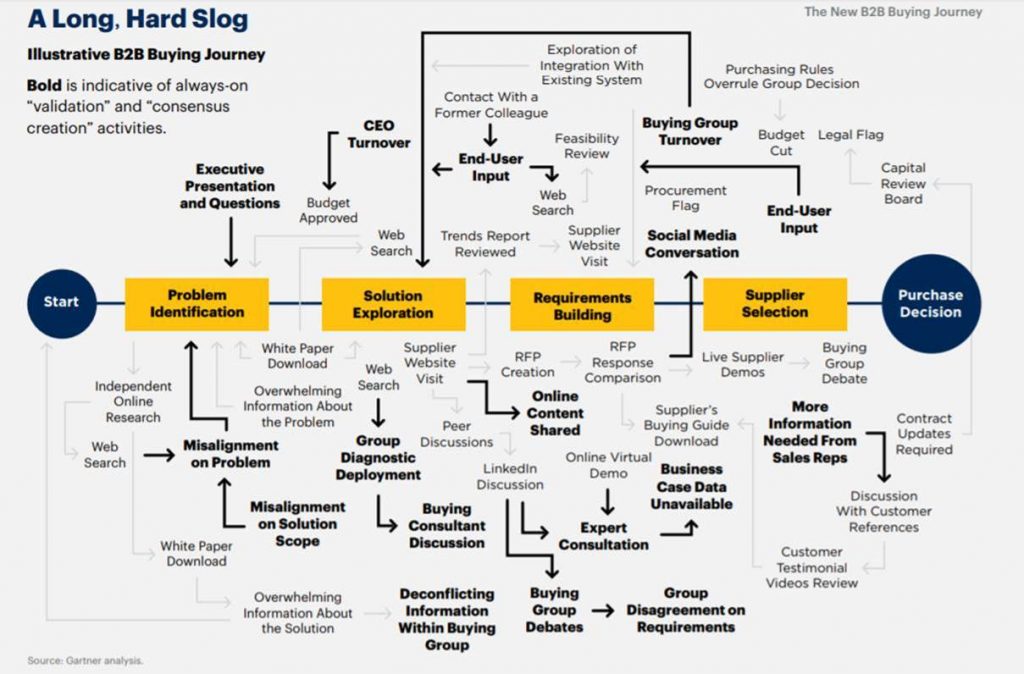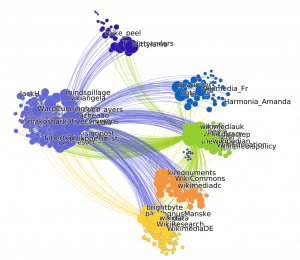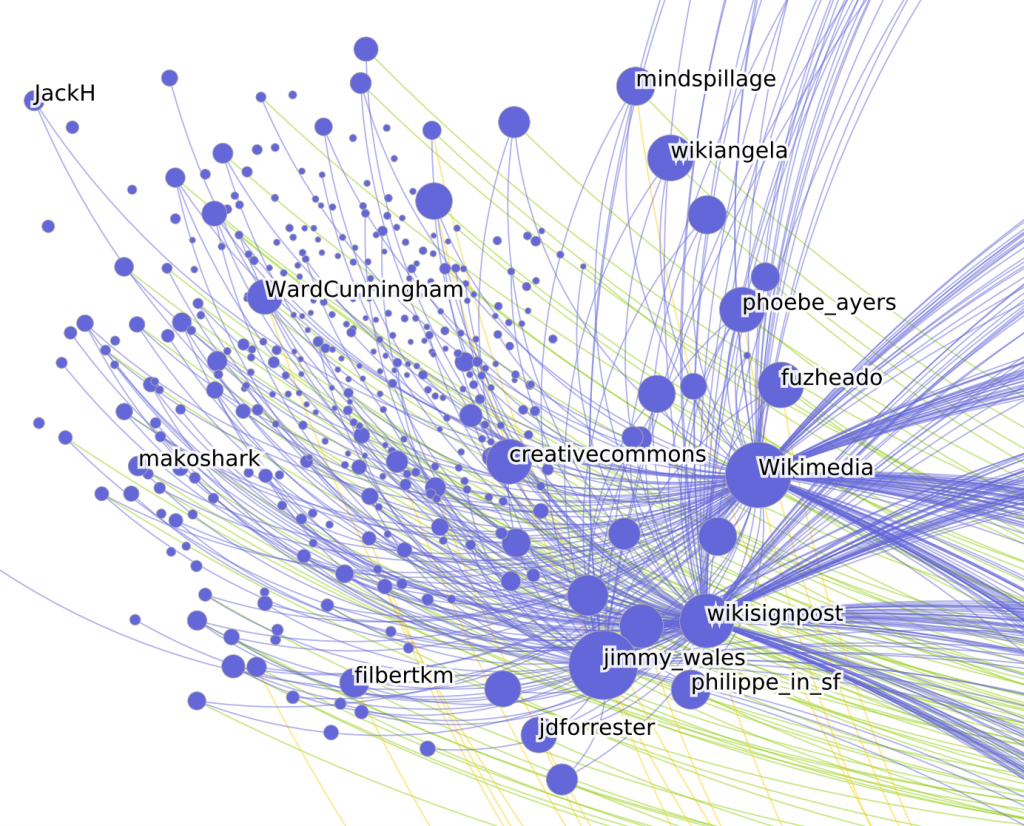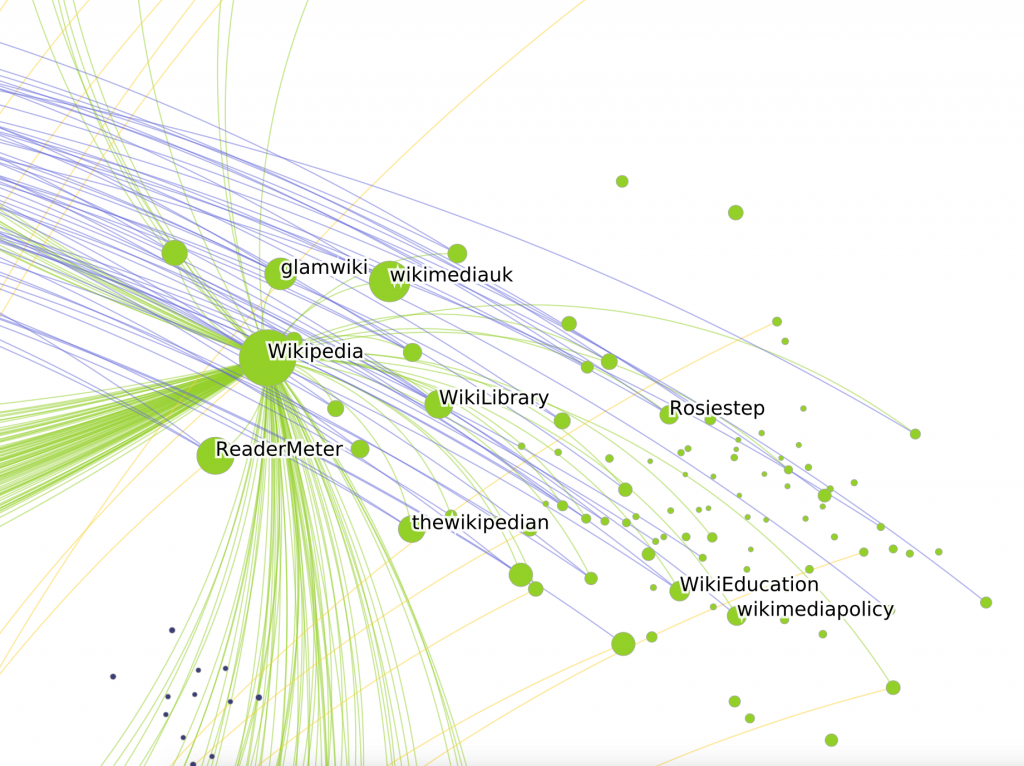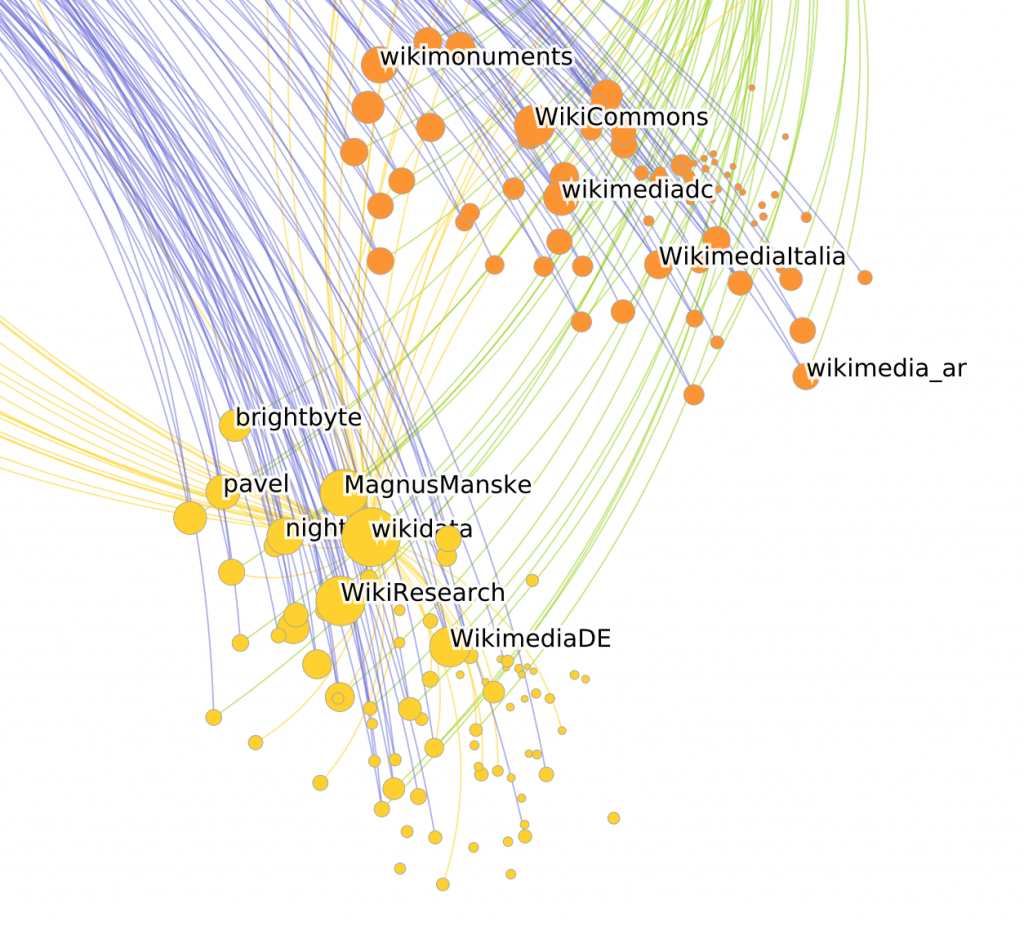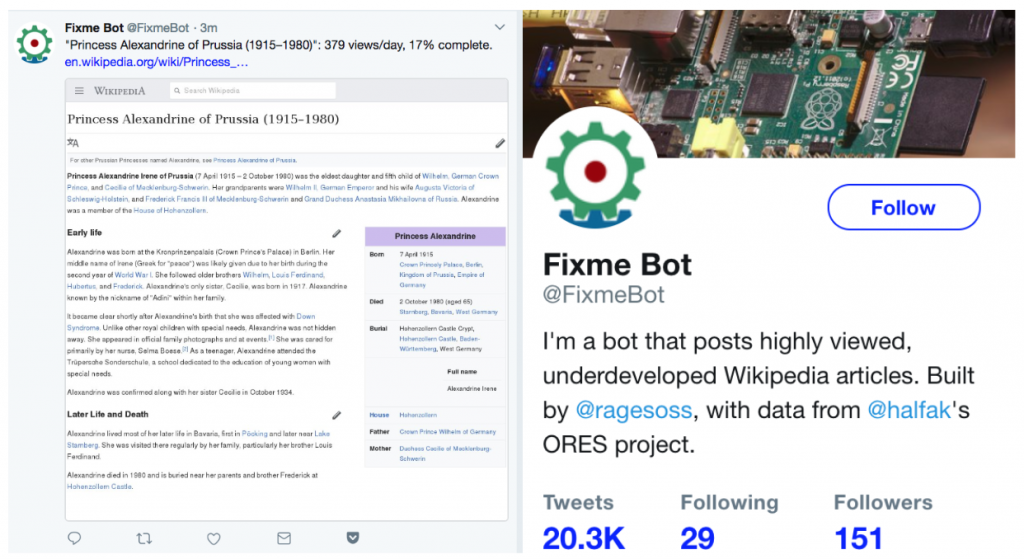Information overload is a defining challenge of our time. It’s tempting to just shut down, ignore all the incredible things on the internet, or rely on serendipity and social feeds to bring you what you need. You don’t have to do that, though.
There are strategies and tools that you can use to tap thoughtfully into the abundance of knowledge being published online without being overwhelmed. One tactic I have added to my practice lately has been the following method of having every new post on a few important blogs read to me aloud. This is something I’ve mentioned to several people, casually, and they’ve told me I should write a blog post about how to do it.
I do this for the blog of the company I work for (Sprinklr). And for other companies and organizations I find so inspiring I want to try to read everything they post too. I just subscribed to Stefaan Verhulst’s excellent new Living Library this way. There are a variety of sources I want to keep good track of.
The newest way I’ve been doing it is by using the mobile app Pocket and its wonderful text-to-speech continuous play audio feature. Bookmark an article to Pocket and it will read the article aloud while you clean your kitchen or walk your dog. The voice is a touch robotic but I’ve gotten used to it.
I put things into Pocket in many different ways, but using the tool If This, Then That, you can put any new blog post into Pocket from a specific source.
Here’s the process in a one minute video, written out below.
1. Create an account on IFTTT.
2. Create an account on Pocket.
3. Create a new “applet” and select “RSS” (really simple syndication, the primary form of automated feed that blogs publish their articles to)
4. Grab the feed for the blog or website you want to subscribe to. You may need to view the source in your browser and look for the feed in the code. This is not hard to do. It’s ok, you can do it.
5. Plug that feed URL into IFTT
6. Then, select Pocket as the next service to activate. When there’s a new article in the RSS feed for the blog, then send that link to Pocket.
7. You’ll be prompted to connect your Pocket account and your IFTTT account. Once that’s done, you can create your RSS-to-Pocket applet and then it will be run automatically every day.
Now you can load up Pocket on your phone (see screenshot below), click on the headphones icon, and it will read aloud all the articles you’ve bookmarked and all the blog posts that have come in through IFTTT.
It’s a pretty great way to regularly keep up with a blog or organization that’s important to you.